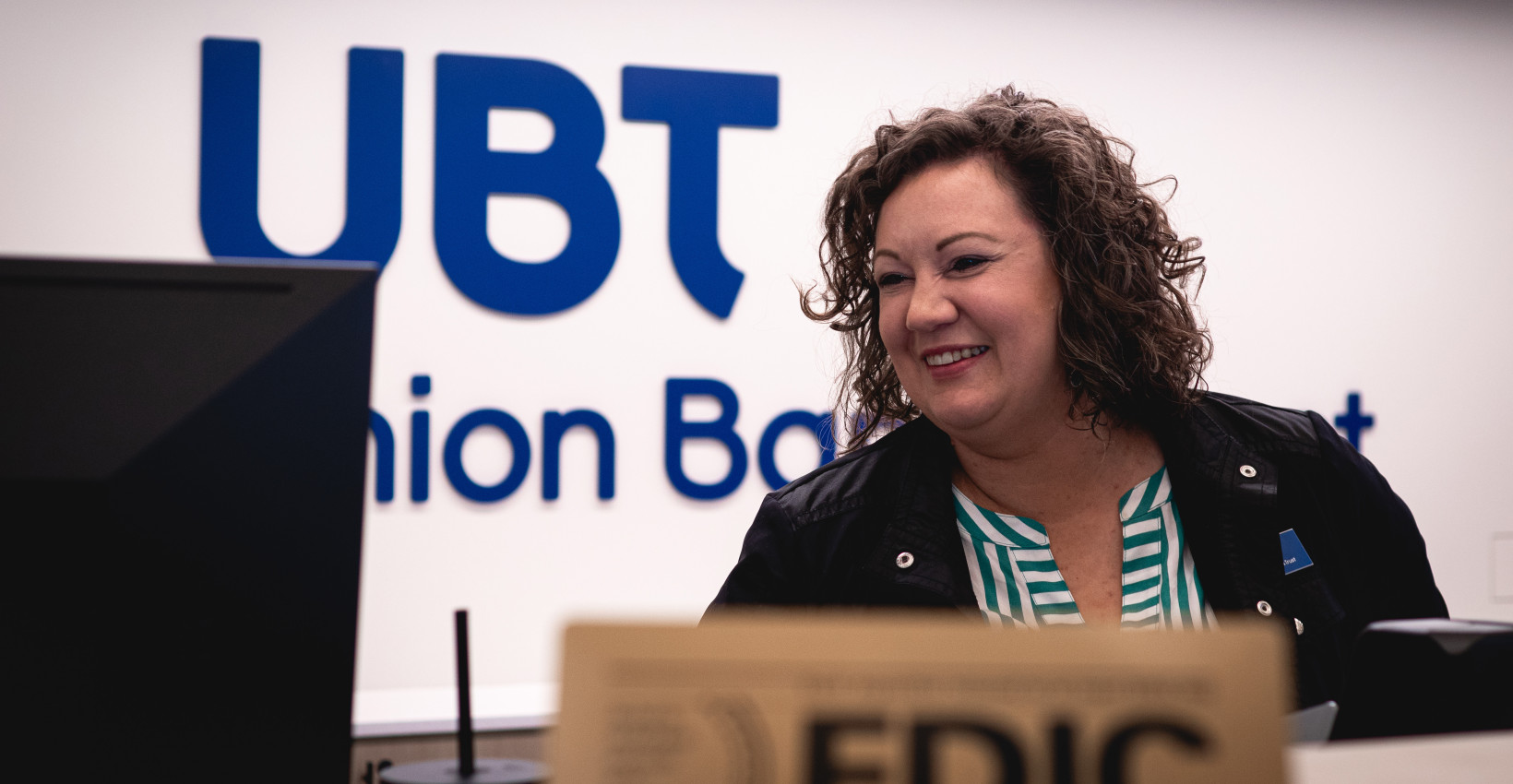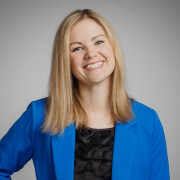What to expect when visiting a bank

Visiting a bank for the first time can seem a bit daunting, especially if you have anxiety about banking (or “banxiety,” to coin a term). Don’t worry — we’re here to help you navigate the process smoothly and reassure you there’s nothing to worry about. Here’s a beginner’s guide to visiting a bank, covering everything from what to expect to how to open a new account.
What to expect upon arrival
Most banks have secure entries, so don’t be surprised if you arrive at the door and it’s locked. Simply press the intercom button and tell the friendly voice why you’re visiting, and they’ll buzz you in.
When you walk into the bank branch, you’ll typically be greeted by a receptionist or a customer service representative. They can guide you to a teller line, personal banker, or department based on your needs. If there’s no receptionist, the teller line is the best place to proceed. The teller line in a bank consists of a series of counters or windows where bank tellers are stationed.
Some banks have a designated waiting area, so you might need to take a seat and wait for your turn. The atmosphere is generally quiet and professional.
What you need to bring
Before heading to the bank to open a new account, make sure you have the necessary documents. Here’s a quick checklist:
- Identification: A government-issued ID like a driver’s license or passport.
- Proof of address: A utility bill, lease agreement, or any official document with your current address.
- Social Security number: For identification and tax purposes.
- Initial deposit: Some banks require a minimum deposit to open a new account.
If you already have an account, bring your debit card, ID, and anything else relevant to your visit. For instance, if you need to deposit a check or cash, make sure you bring those items along with you!
How do I open a bank account?
Opening a bank account is straightforward. Here’s a step-by-step guide:
- Choose the right account: Decide whether you need a checking account, savings account, or both. Each type has its own benefits. If you’re not sure, don’t worry — a teller or personal banker can help you figure it out.
- Fill out an application: You can do this online or at the bank. Provide your personal information and the documents mentioned above. The representative will usually ask for these items when they need them for the application process.
- Make an initial deposit, if required: Your bank representative will help you deposit the required amount to activate your account.
- Receive your account details: You’ll get your account number, debit card, and other relevant information in the account opening paperwork given to you by your banker.
How do I make a deposit or withdrawal?
Making a deposit or withdrawal is simple:
- Deposit: Fill out a deposit slip with your account number and the amount you want to deposit. Hand it to the teller along with your cash or checks. Deposit slips are usually available at a separate counter, but your teller can give you one, and many tellers will help you fill it out! (At UBT, our tellers complete deposit slips for you.)
- Withdrawal: Fill out a withdrawal slip with your account number and the amount you want to withdraw. Present it to the teller along with your ID. Withdrawal slips are also usually found at a separate counter, or available from your teller, who can also help you fill it out. (Like deposit slips, UBT tellers will complete these for you, and since you’re withdrawing funds, they’ll ask you to sign the slip.)
What types of accounts can I open?
Banks offer various types of accounts, including:
- Checking accounts: Ideal for daily transactions and bill payments.
- Savings accounts: Great for saving money and earning interest.
- Certificates of deposit (CDs): Fixed-term savings accounts with higher interest rates.
- Money market accounts: These combine features of checking and savings accounts with higher interest rates.
- Other options: Many banks have numerous account options available, such as health savings accounts (HSAs), individual retirement accounts (IRAs), and credit cards.
Guide to banking basics
Understanding the basics of banking can help you manage your finances more effectively. Whether you’re opening your first account or making your first deposit, knowing what to expect can ease your banxiety and make the process smoother.
Remember, visiting a bank doesn’t have to be stressful. With the right information and a bit of preparation, you’ll be able to handle your banking needs with confidence. Our people are here to help you feel good about banking, so don’t hesitate to ask for help along your banking journey!
Learning Center articles, guides, blogs, podcasts, and videos are for informational purposes only and are not an advertisement for a product or service. The accuracy and completeness is not guaranteed and does not constitute legal or tax advice. Please consult with your own tax, legal, and financial advisors.




